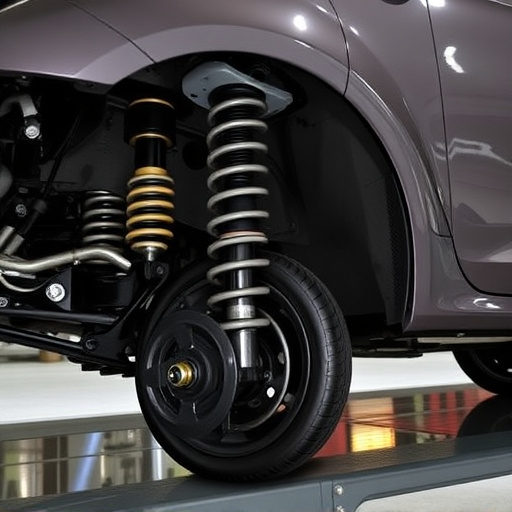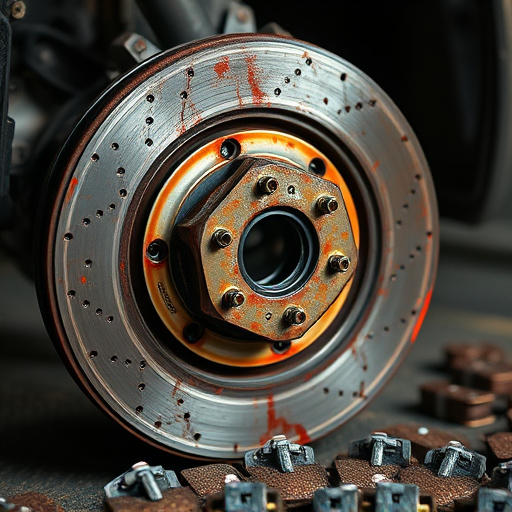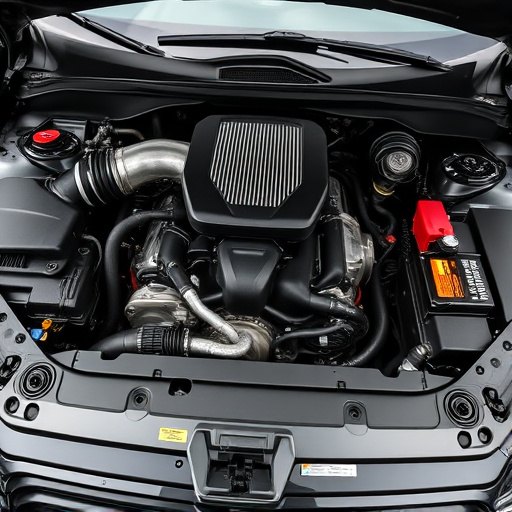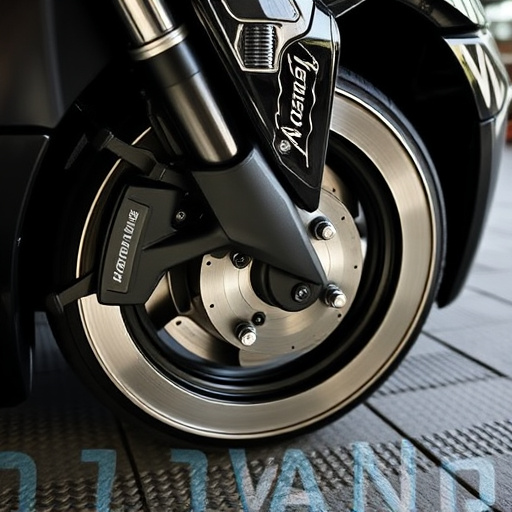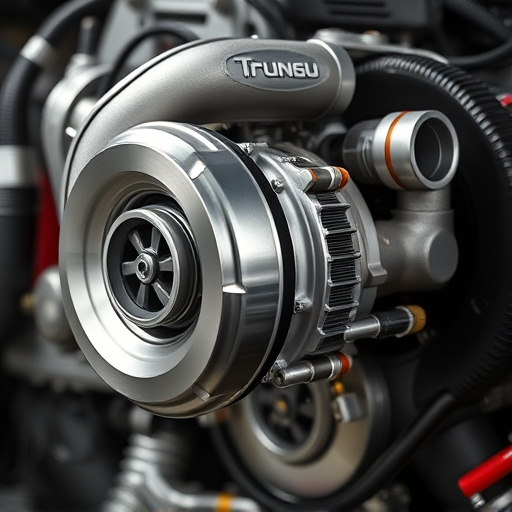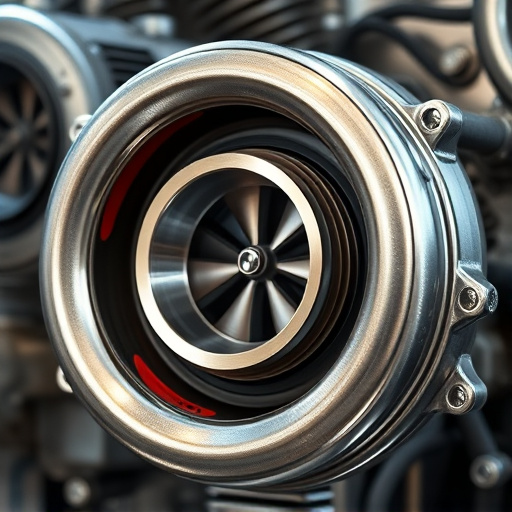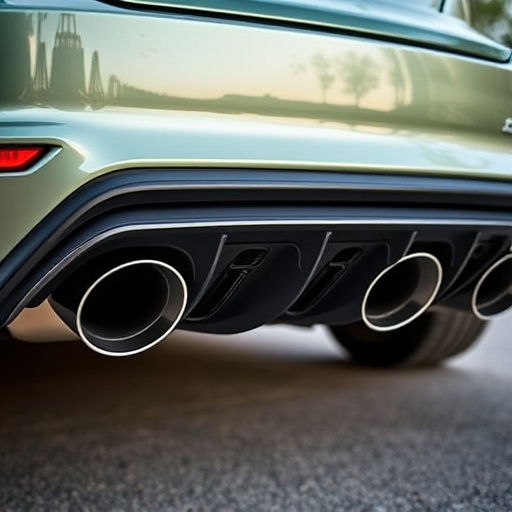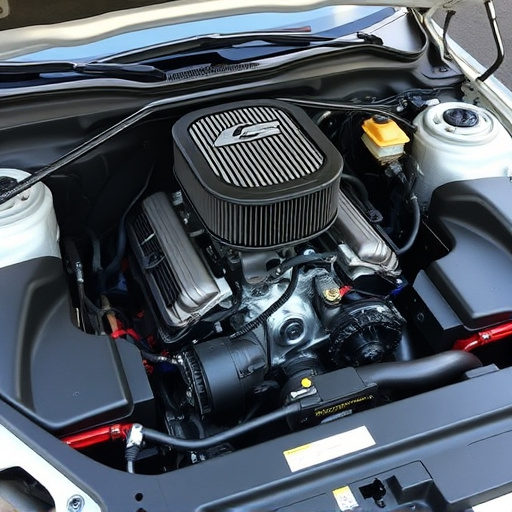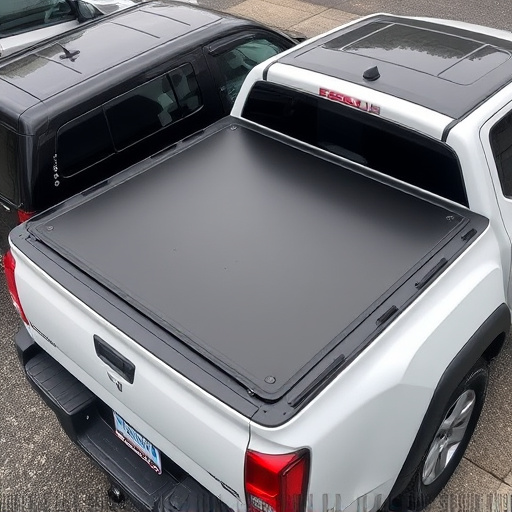Cold Air Intake (CAI) filters enhance engine performance in hot climates by drawing in cooler, external air, improving combustion efficiency and fuel economy compared to warm, stagnant air from the engine bay. For optimal results, choose CAI filters designed for high-temperature environments with heat-resistant materials and ensure seamless installation alongside compatible high-performance components.
In hot climates, maintaining optimal engine performance can be challenging. That’s where Cold Air Intake (CAI) filters shine. This article explores why CAIs are ideal for such environments. We’ll delve into their unique functionality, from drawing in cooler air to improving engine efficiency. Learn about the specific advantages they offer in hot conditions, including enhanced power and fuel economy. Plus, discover tips on choosing the perfect CAI filter tailored to your vehicle’s needs in these challenging atmospheres.
- Understanding Cold Air Intake Filters and Their Functionality
- Advantages of Using CAIs in Hot Climates
- How to Choose the Right Cold Air Intake Filter for Your Hot Climate Vehicle
Understanding Cold Air Intake Filters and Their Functionality
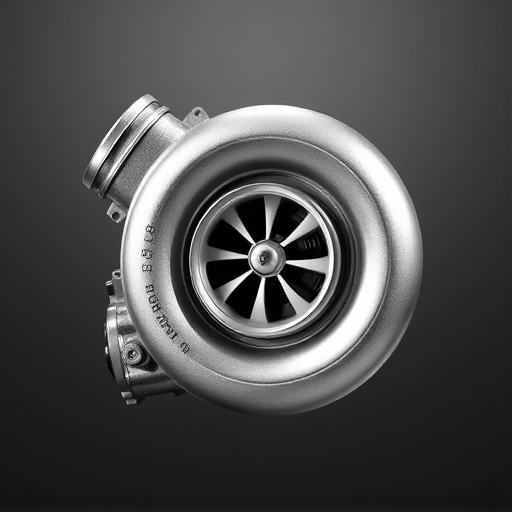
Cold Air Intake Filters (CAI) are a simple yet effective modification for vehicles operating in hot climates. These filters are designed to draw in cooler air from outside the engine compartment, providing a significant performance boost. By contrast, stock air intakes often pull warm, stagnant air from inside the engine bay, which can reduce power output and fuel efficiency.
CAI functionality revolves around its ability to filter and direct cold air directly into the engine’s intake system. This is achieved through a carefully engineered setup that includes a large, efficient filter element housed in a sleek housing. The filter itself is typically made from high-quality materials like cotton or synthetic media, ensuring optimal airflow while trapping harmful contaminants. Once installed, these filters replace the factory air box and intake components, creating a direct path for cool, dense air to enter the engine, thereby enhancing both power and efficiency. This direct approach is particularly beneficial in hot environments where warm air density decreases, impacting engine performance.
Advantages of Using CAIs in Hot Climates
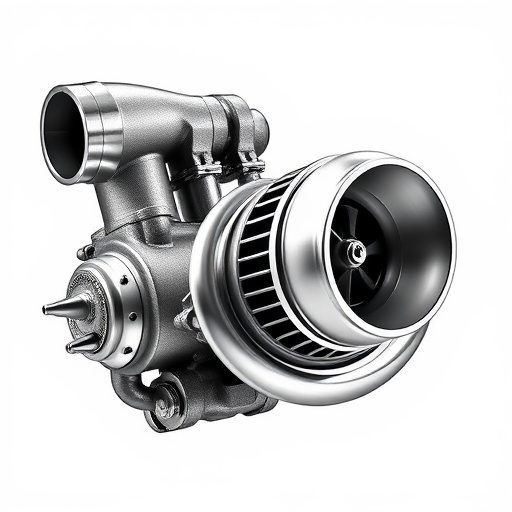
In hot climates, where temperatures can soar, using a cold air intake (CAI) filter offers several key advantages. Unlike traditional filters that restrict airflow due to heat buildup, CAIs are designed to draw in cooler, denser air from outside the vehicle, directly into the engine. This ensures optimal combustion and enhances engine performance, which is crucial for maintaining efficiency and power output in demanding conditions.
Additionally, CAIs can help improve fuel economy by allowing the engine to utilize atmospheric air more effectively. This is particularly beneficial when paired with high-performance exhaust systems like cat-back exhausts, as it promotes smoother airflow throughout the entire engine bay. Moreover, the reduced heat absorption from hot intake air can extend the lifespan of other components, such as coils in coilover kits, which are less prone to degradation from prolonged exposure to elevated temperatures.
How to Choose the Right Cold Air Intake Filter for Your Hot Climate Vehicle
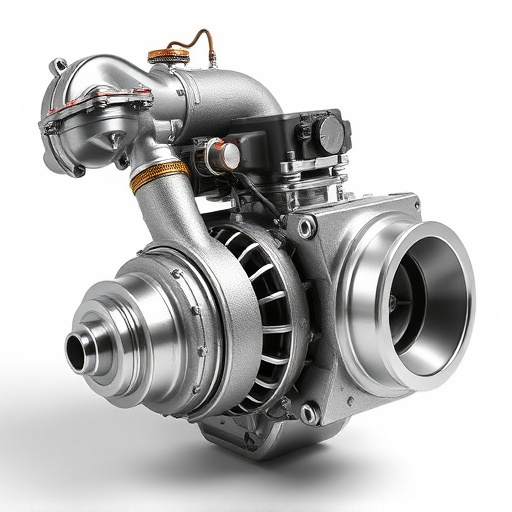
When choosing a cold air intake filter for your vehicle in a hot climate, consider factors like heat resistance and durability to ensure optimal performance. Opt for filters designed specifically for high-temperature environments to prevent premature wear and tear. Look for materials that can withstand intense heat, such as silicone or high-quality synthetic fabrics.
Additionally, align the filter’s design with your vehicle’s airflow requirements. Ensure it fits seamlessly into your engine bay without obstructing the air flow. Given the focus on hot climates, consider complementing your cold air intake filter with high-performance parts like coilover kits and efficient exhaust mufflers for a balanced upgrade that enhances both cooling and power output.
Cold air intake (CAI) filters are a smart choice for vehicles operating in hot climates, offering enhanced performance and efficiency. By drawing in cooler air from outside the engine bay, CAIs provide a denser charge of oxygen, resulting in improved fuel combustion and power output. This is especially beneficial in warm environments where hot air density decreases, potentially reducing engine performance. When selecting a CAI filter for your hot climate vehicle, consider factors like material, flow rate, and compatibility with your car’s make and model to ensure optimal benefits.

